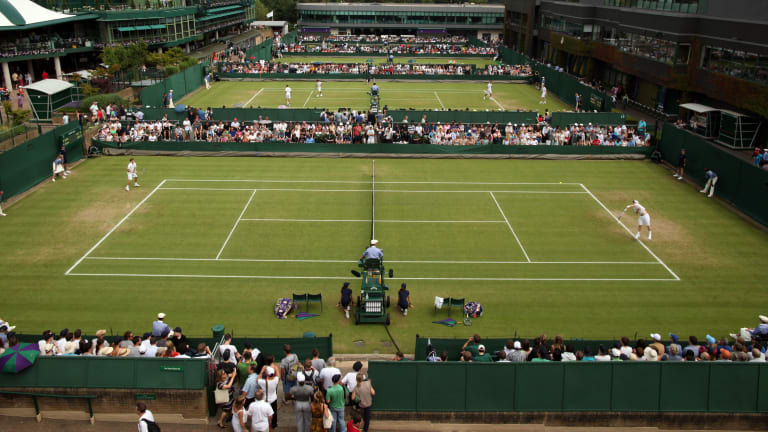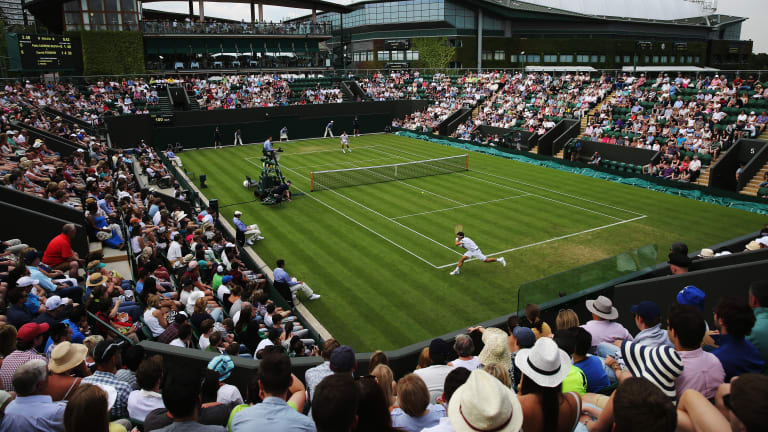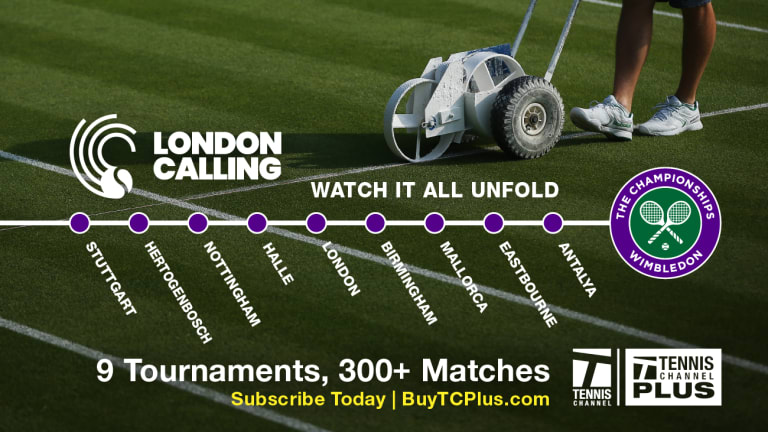Get Off My Lawn: A story of one player’s quest to play on grass
By Jun 25, 2019Madrid, Spain
China's Wang Xinyu saves 10 match points in first-round Madrid win over Viktoriya Tomova
By Apr 24, 2024Pop Culture
Review: Plenty to be excited about in TopSpin 2K25, which successfully recreates the joy (and frustration) of tennis
By Apr 24, 2024Madrid, Spain
Fabian Marozsan saves 11 set points, wins pair of Madrid tie-breaks to defeat Aslan Karatsev
By Apr 24, 2024Pop Culture
Coco Gauff dishes on 'embracing adulthood' in TIME magazine's May cover story
By Apr 24, 2024Pick of the Day
Roberto Carballes Baena vs. Dominik Koepfer, Madrid
By Apr 24, 2024Madrid, Spain
Caroline Wozniacki stumbles in clay comeback, exits Madrid in nostalgic Errani match
By Apr 24, 2024Madrid, Spain
Rafael Nadal says he is not 100% fit ahead of Madrid debut and unsure about playing Roland Garros
By Apr 24, 2024Line Calls
ATP Mutua Madrid Open Betting Preview
By Apr 24, 2024Madrid, Spain
Despite jet lag, Sloane Stephens keeps winning in Madrid with big goals for clay swing
By Apr 24, 2024Get Off My Lawn: A story of one player’s quest to play on grass
Even though grass is tennis’s aspirational surface, I’ve come to think that any tennis court, whatever the surface, can be its own oasis.
Published Jun 25, 2019
Advertising

Get Off My Lawn: A story of one player’s quest to play on grass
© 2012 Getty Images
Advertising

Get Off My Lawn: A story of one player’s quest to play on grass
© 2014 Getty Images
Advertising

Get Off My Lawn: A story of one player’s quest to play on grass